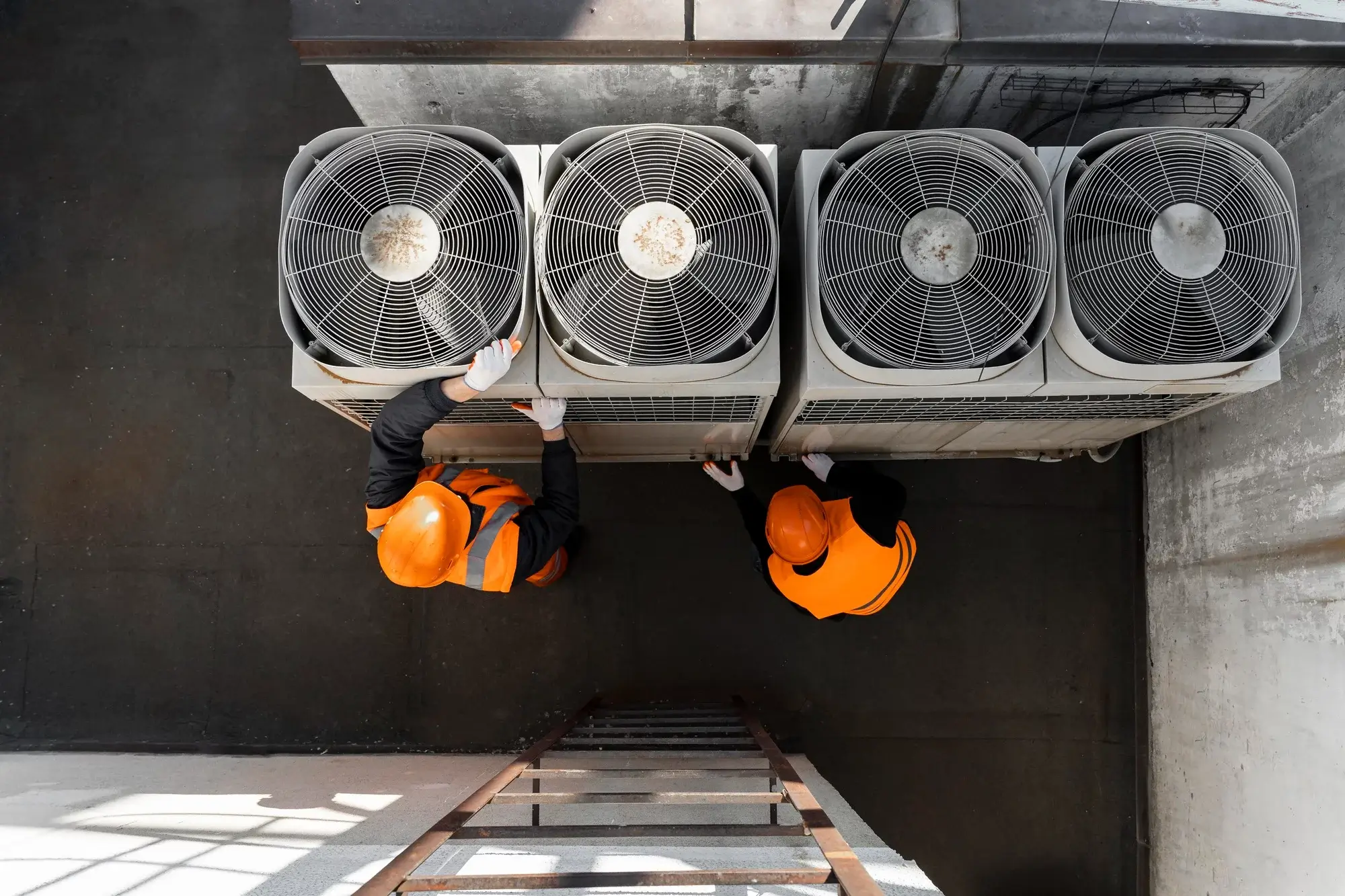
Please Wait ...


Blogs> Unveiling the Inner Workings: Exploring the Components of an Air Conditioner Compressor

Air conditioners play a vital role in keeping our surroundings cool and comfortable, and at the heart of these cooling systems lies the air conditioner compressor. The compressor is a crucial component responsible for compressing the refrigerant gas and facilitating the heat transfer process. In this blog, we will dive into the various parts that make up an air conditioner compressor and understand their functions.
Motor:
The motor serves as the powerhouse of the compressor, providing the necessary mechanical energy to drive its operation. Typically, air conditioner compressors utilize electric motors to convert electrical energy into mechanical energy.
Compressor Housing:
The compressor housing is the outer shell that encloses and protects the internal components of the compressor. It provides structural integrity and safeguards the compressor from external elements.
Compressor Scroll or Cylinder:
This component is the core element responsible for compressing the refrigerant gas. Compressor designs may include either a scroll or cylinder mechanism, both of which effectively raise the pressure and temperature of the refrigerant gas.
Suction Line:
The suction line connects the evaporator coil to the compressor, allowing the low-pressure refrigerant gas to enter the compressor for compression. It transports the gas from the evaporator coil, which absorbs heat from the indoor air.
Discharge Line:
The discharge line carries the high-pressure and high-temperature refrigerant gas from the compressor to the condenser coil. It acts as a conduit for transferring the compressed gas to the condenser coil, where heat dissipation occurs.
Compressor Motor Windings:
These motor windings are responsible for generating an electromagnetic field, which drives the movement of the compressor motor. The motor windings play a critical role in initiating and sustaining the rotation of the compressor.
Piston or Scroll Compressor Mechanism:
Depending on the design, the compressor may utilize a piston or scroll mechanism. A piston compressor operates by reciprocating pistons to compress the refrigerant gas, while a scroll compressor uses interlocking spiral-shaped scrolls to achieve compression.
Compressor Oil:
Compressor oil is an essential lubricant that ensures smooth operation of the compressor’s moving parts. It reduces friction and prevents excessive wear and tear, ensuring the longevity and efficiency of the compressor.
Understanding the various components of an air conditioner compressor gives us insight into the intricate workings of these cooling systems. The motor, compressor housing, compressor scroll or cylinder, suction line, discharge line, compressor motor windings, piston or scroll compressor mechanism, and compressor oil all contribute to the compressor’s functionality and efficiency. Together, they enable the compression of refrigerant gas and the facilitation of heat transfer, allowing air conditioners to provide us with the cooling comfort we rely on in our daily lives.
Image by Freepik

By Digi2L - June 8, 2024

By Digi2L - June 7, 2024

By Digi2L - June 6, 2024